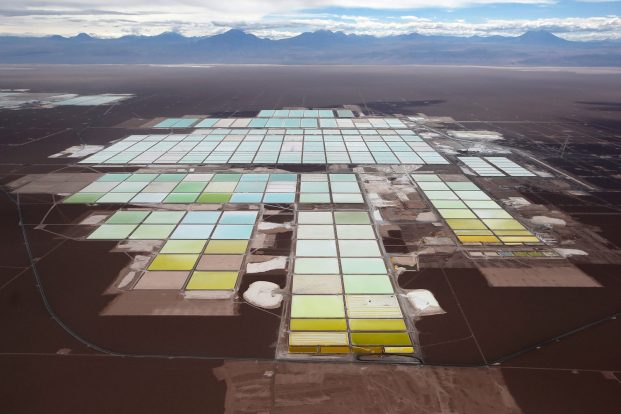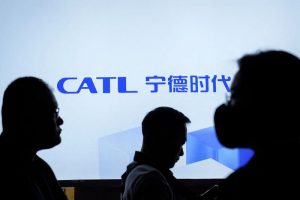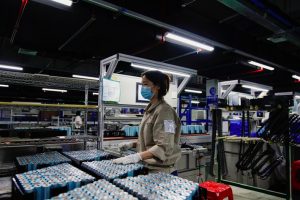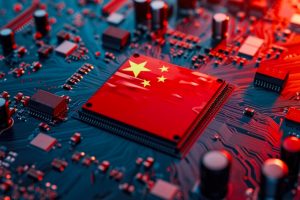Australia’s Rio Tinto, as well as General Motors and the US Department of Energy, are investing heavily in a crop of newer technologies that could revolutionise the way lithium is produced for electric vehicle batteries.
Now those technologies just have to prove they work on a commercial scale.
If they do, miners will be able to boost global lithium production with a footprint far smaller than open-pit mines and evaporation ponds, which often are the size of multiple football fields and unpopular with local communities.
These so-called direct lithium extraction (DLE) technologies extract the white metal from brine using filters, membranes, ceramic beads or other equipment that can typically be housed in a small warehouse.
But they often use lots of potable water and electricity, and none have worked at commercial scale.
Global automakers, mining companies and investors are pouring millions of dollars into DLE companies, betting they can supply the bulk of the lithium needed to power the electric vehicle revolution.
“It’s such a game changer. There’s huge opportunities,” US energy secretary Jennifer Granholm told a conference last month about DLE.
Granholm’s department has given Warren Buffett’s Berkshire Hathaway a $15 million grant to test DLE technology at California’s Salton Sea, under which sit large geothermal lithium deposits, and is considering funding other DLE projects.
DLE technologies would challenge traditional miners such as Albemarle, the world’s largest lithium producer, and prospective miners such as Lithium Americas, Pioneer and Piedmont Lithium.
Albemarle is studying various DLE technologies but its executives have said DLE is likely to work best when engineered for a specific lithium deposit, which could curb enthusiasm.
Large water usage by several types of DLE technologies has raised eyebrows. The technology General Motors Co is relying on to supply a “sizeable amount” of its lithium from the Salton Sea region uses 10 tonnes of water for every tonne of lithium produced.
Privately held Lilac Solutions, backed by BMW and Bill Gates’ Breakthrough Energy Ventures, developed that technology and said it could use a desalination plant to filter brackish water to avoid using potable water.
“If needed, we’re willing to make those capital investments to ensure we’re not jeopardising anyone’s freshwater,” said Lilac CEO Dave Snydacker.
“New technology is absolutely essential for society to obtain the volumes of lithium that are necessary for electric vehicles.”
Prominent short seller Hindenburg Research issued a 59-page report in February questioning whether the DLE technology from Standard Lithium even works, despite backing for its Arkansas project from chemical giants Koch Industries and Lanxess.
“DLE is one of those technologies that’s been a hope and a prayer, Hail Mary for most, so that’s fertile ground for stock promoters,” said Nathan Anderson of Hindenburg.
Standard disputed the allegations in the report, which erased more than $300 million in Standard’s market value in one day and stoked fears about the DLE movement. The stock has partially recovered.
There are dozens of DLE-focused companies worldwide, some with their own technologies, some with brine-rich acreage and some with both.
“Direct lithium extraction is becoming a hot subject,” said Olivier Le Peuch, chief executive of Schlumberger, which is developing DLE technology with Panasonic.
It hopes to supply Tesla’s Nevada Gigafactory, but has acknowledged it must find a way to produce the metal without potable water.
Rio Tinto paid $825 million last December for an Argentina DLE project, which it said “has the potential to significantly increase lithium recoveries as compared with solar evaporation ponds”.
- Reuters, with additional editing by George Russell























